If you are looking for ways to reduce and avoid microplastics in your daily life you have come to the right place. Let’s get started right away.
Hopefully, by now you know that plastic pollution is a huge environmental issue wreaking havoc on our planet these days. A subtopic of plastic pollution that is gaining popularity and is considered an “emerging contaminant” is microplastics. These tiny particles are plastic pieces that are less than 5mm in size (think the size of a sesame seed). One type of microplastics that I’m especially concerned with these days is microfibers. These fibers often referred to as lint, are released from synthetic clothing every time we wash them. Materials like polyester, nylon, and acrylic are amongst the top sources of synthetic microfibers and make up about 60% of the clothing material worldwide.
Also Read: 15 Eco Friendly Companies that Support Trees
The water that we use to wash our clothes is not treated for microplastics so they end up in the environment. Microfibers have been found in the bodies of aquatic life (1) and the seafood that we eat (2).
So what can we do about it? Here are a few tips to reduce your microfiber footprint:
1. Switch to Wearing Natural Fibers for Apparel and Linens. Hemp, bamboo, cotton, and linen (made from flax) are all great options for natural clothing. Here are my favorite places to purchase apparel and home goods that are made from natural fibers:
- TenTree Clothing – This apparel company offers clothing made from sustainable materials such as cotton, TENCEL (a wood pulp fiber), hemp, and cork. Plus, for every item you buy, they will plant 10 trees.
- Simply Organic Bamboo – The softest and most luxurious bedding you’ll ever find, and it’s good for the environment!
- Earth Hero Clothing & Accessories – A great collection of sustainable options from wool slippers and hemp socks to cotton face masks and hemp beanies.
If you must wear synthetic clothing, note that higher-quality clothing sheds fewer microfibers into the environment than low-quality clothing. For more information on this, check out Patagonia’s study on microfiber pollution.
2. Collect Microfibers Before They Leave your Home. While it’s true that your dryer has a mechanism for collecting lint (the lint trap), your washing machine may not have one. You can install a simple nylon trap on your washing machine discharge hose to collect lint and prevent it from entering the waste system. A DIY approach would be to just use an old pair of stockings, or you can buy a pre-made product like this one.
3. Trap Microfibers in Your Washing Machine. Some washing machines have a built-in microfiber catcher Several companies now make specially designed laundry balls or bags that collect microfibers once they are released from synthetic clothing. Here are the two that I recommend:
- Moja Works Microfiber Laundry Balls
- Cora Microfiber Laundry Ball (Available here.)
- Hestya Washing Machine Lint Catcher
- These are the easiest tips that you need to follow in order to reduce pollution caused by microplastics, especially microfibers.
- If you are looking for even more tips to help save the planet go check out my new article on Eco-Friendly Clothing.

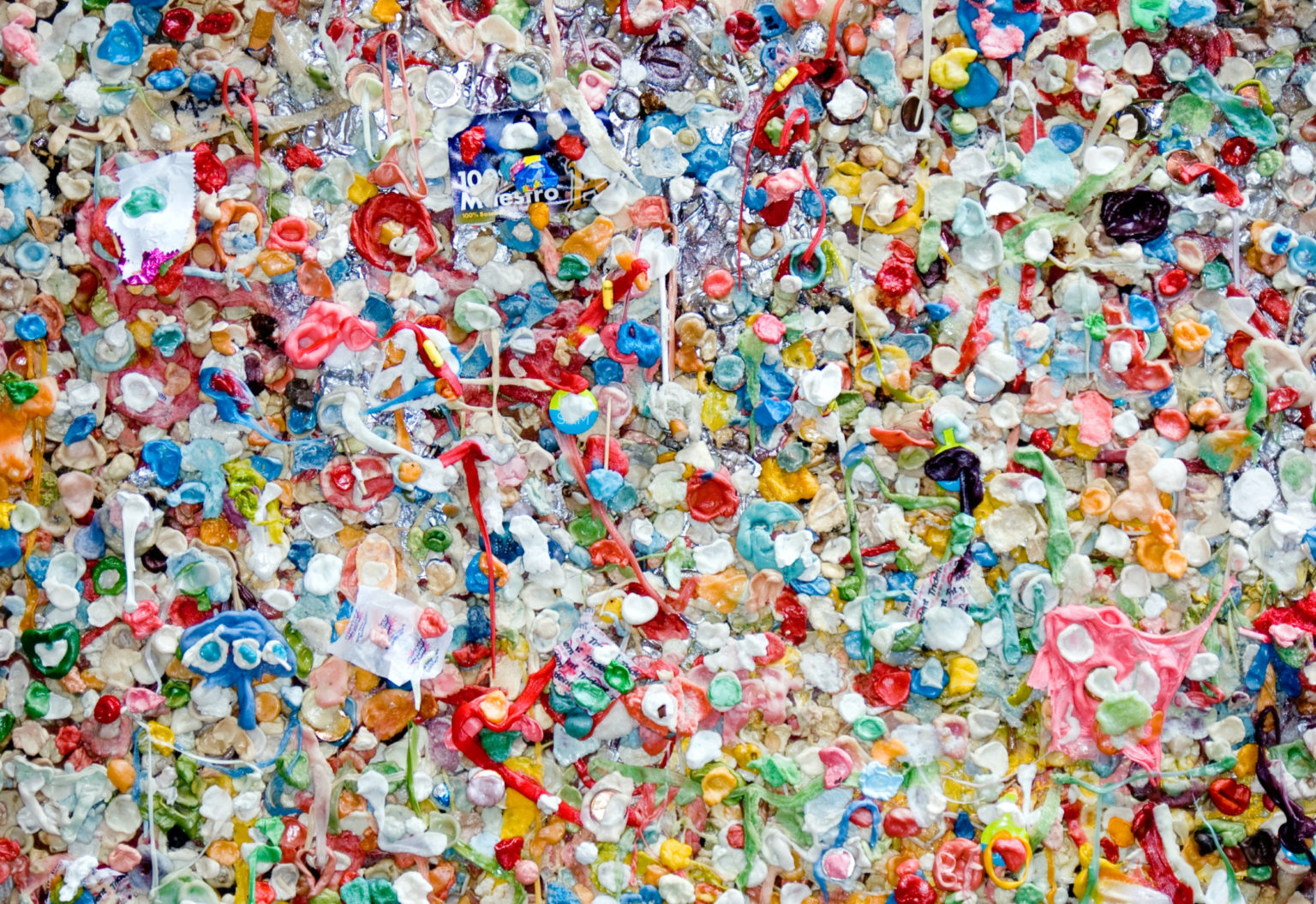
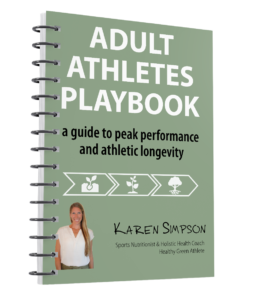

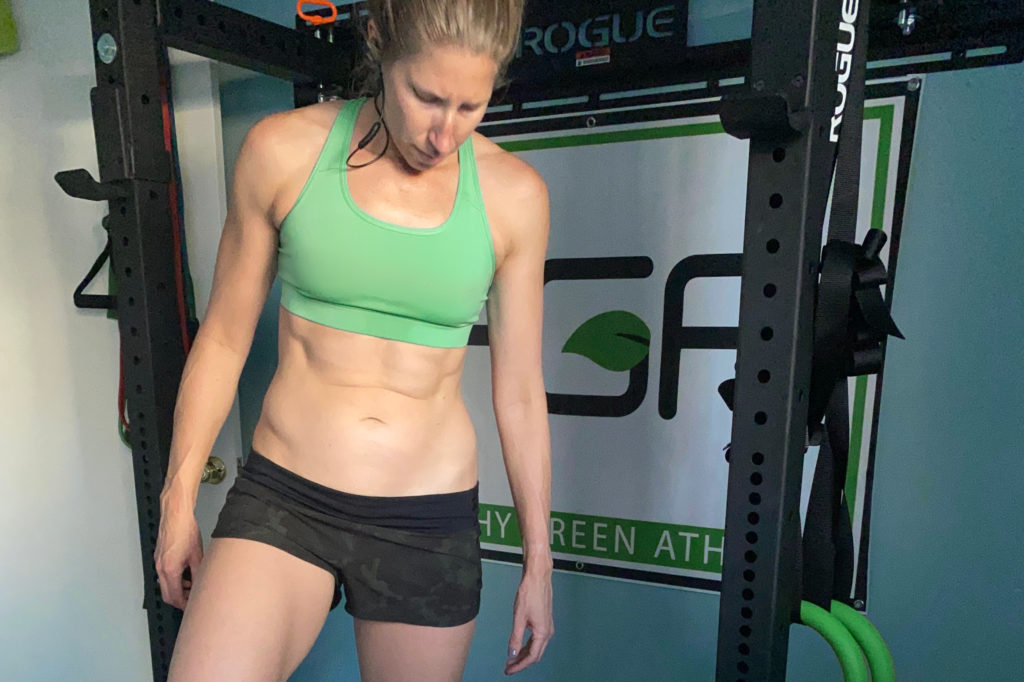

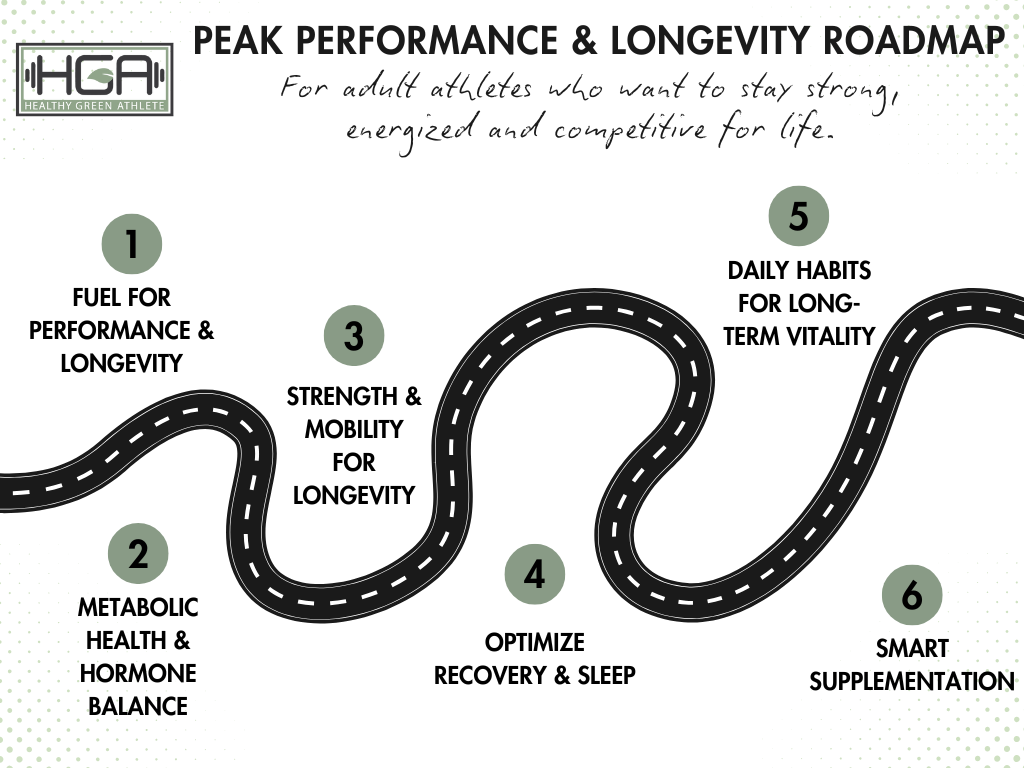



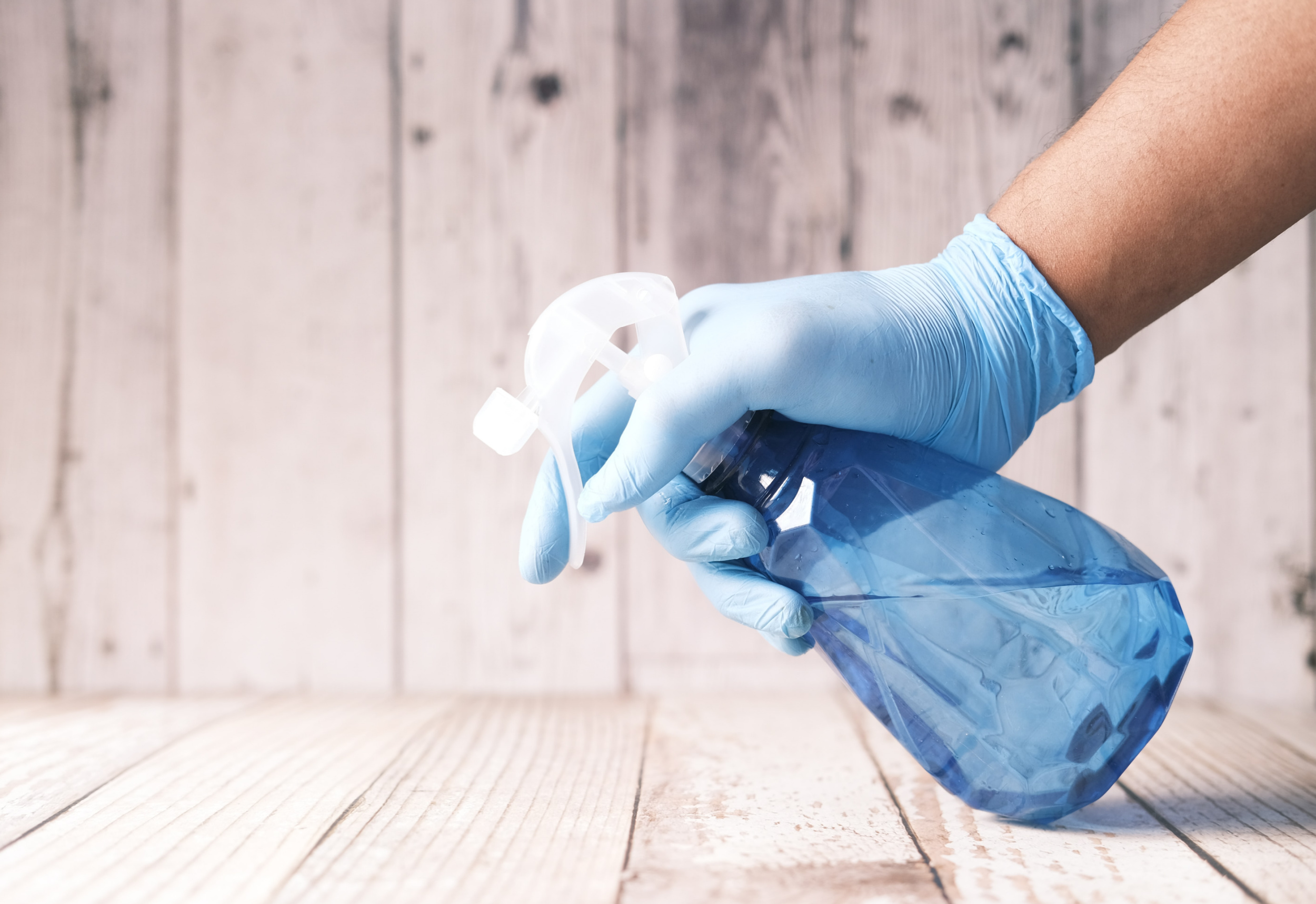



One Comment
Pingback: